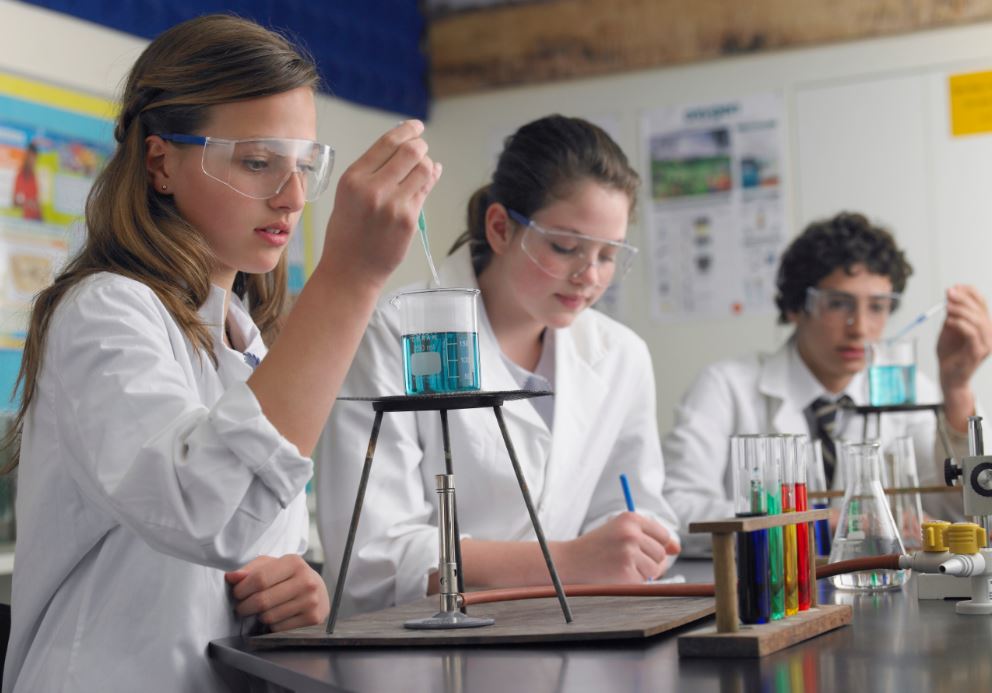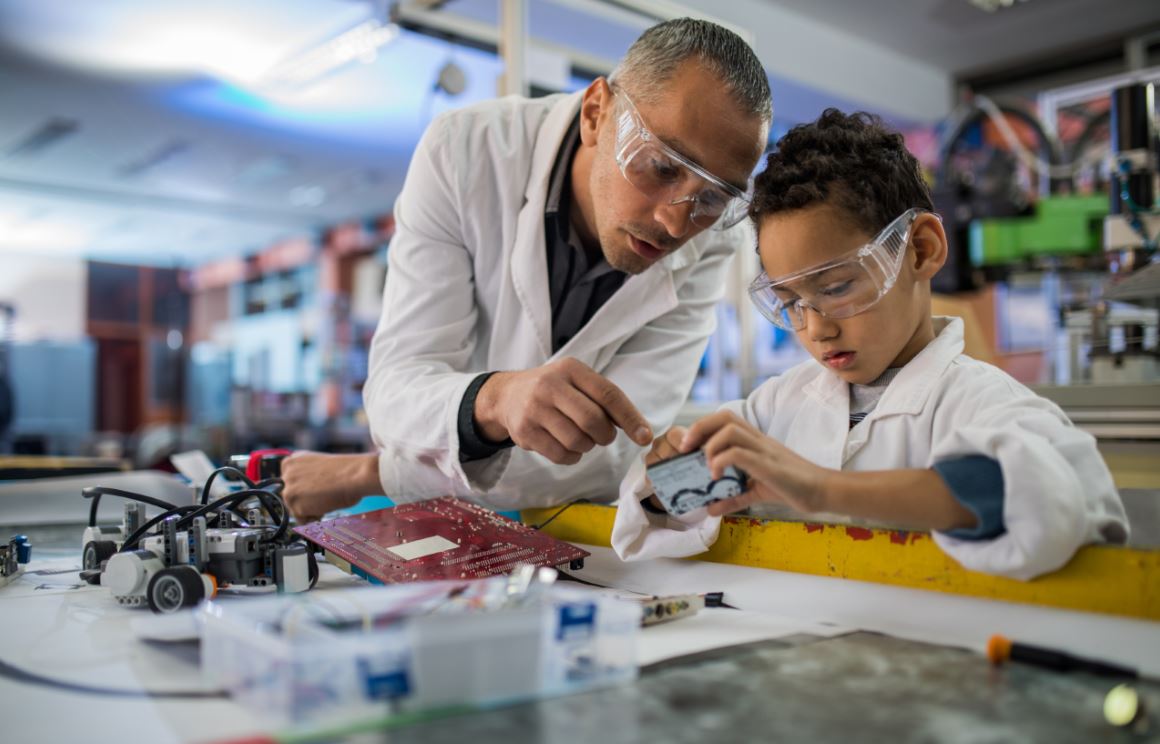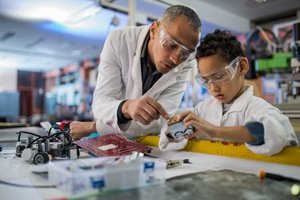Led by Dr Erin Mackenzie, a researcher and senior lecturer in educational psychology and STEM at Western Sydney University, the research underscores the importance of social support and perceived relevance of science in shaping students’ intentions to study biology, chemistry, and physics.
With declining enrolments in STEM subjects across more than 20 years, coupled with an ever-growing jobs demand for critical thinking and complex problem-solving skills, it is critical for the nation’s future that more students study science subjects in senior high school.
“The declining enrolments is certainly something that we’ve noticed over recent decades, and we have as a result a National STEM School Education Strategy, which recognises the need to support student engagement and participation in STEM by working with teachers,” Mackenzie tells EducationHQ.
“It also emphasises the need to build a stronger evidence base to improve our understanding of what effective practices are in STEM education more broadly.”
Mackenzie, who previously has taught secondary school science, and Year 11 and 12 biology, chemistry and physics, says her team wanted to look at the attitudes related to teenagers’ in lower secondary school, with the idea that if the attitudes that support that continued participation in science can be identified in Years 7, 8, 9, and 10, then teachers can be assisted to intervene in that space before those students have opted out of science.
The study involved a survey involving 475 students from six schools in Sydney, and revealed that while social support from teachers and peers did not directly influence students’ intentions to study science, it significantly impacted their confidence, enjoyment, and views on the relevance of science.
“Students who viewed science as relevant to their current and future lives were more likely to continue studying science subjects in Years 11 and 12,” Mackenzie explains.
“This finding was interesting because viewing science as relevant was more powerful in predicting intentions to continue studying science than being confident in science or enjoying learning science.”
The research team also found that confidence in science ability and enjoyment of science were positively related to students’ intentions to study chemistry.
“That was interesting,” Mackenzie says.
“We expected them to be related to intentions to study all three, however, what we did find was that there were really strong relationships between that intrinsic value, their confidence and their perceived relevance of science.
“So all three of the attitudinal variables are really strongly related to each other. The implication of that is all three are still important for supporting engagement.”

Dr Mackenzie says it’s important that teachers are designing learning activities that explore how professionals from all sorts of fields use their science knowledge and skills to do their jobs.
Of those surveyed, boys were found to be more likely to study physics, whereas girls held stronger preferences towards studying biology.
There are a range of complex reasons why this is the case, the academic offers.
“Some of it can be around their interest level in the types of content that is covered in each of the sciences, I guess, with stereotypically girls being more interested in science that can help others, and often that sits within biology and leads into more medical fields.
“And boys might have more interest in some of the topics that are covered in physics, but that can be a little bit of an oversimplification as well.”
One of the key takeaways from the study, McKenzie says, is the utility value: the perceived relevance and usefulness of science.
“That was actually the strongest predictor of teenagers' intentions to study all three of the sciences in Year 11 and 12,” she says.
“The good news with that is that there’s actually really simple interventions that teachers and parents can implement to increase utility value. So, we really would advocate to help students make meaningful connections between science and their lives.”
The researcher says teachers should be designing learning activities that explore how professionals from all sorts of fields use their science knowledge and skills to do their jobs.
“But also to make a difference in the lives of others, so students can be encouraged to make their own connections between what they’ve learned in science and their current lives as well.”
Early secondary years students have myriad means of diving into STEM, including games development, eSports and major events and competitions like FIRST LEGO League Challenge, Acer Predator League Academy, Australian Space Design Competition, F1 in Schools STEM Challenge, Australian STEM Video Game Challenge, Greenpower’s single-seater electric vehicle competition, the AO Schools Block Buster Tennis Challenge and many more.
“I think all of these programs are wonderful and so engaging,” Mackenzie says.
“Just to strengthen the impact of those programs, what we’d be advocating for is for teachers to be making these constant links between what they’re learning and either their students’ current lives or future lives, things that are happening in their community.
“We need to be making those links all the time, every lesson, and then we can really leverage the sort of excitement of those more one-off interventions that may not get to all kids."
Mackenzie explains that if we can really push teachers towards making those connections explicit in every lesson, then to her mind, that allows more students to make the connections to increase the utility value of science.
“But I’d also say it’s not just on teachers to do this,” she says.
“Parents can also support their child to develop that understanding of the relevance and importance of science - and that’s by simply asking their child what they’ve been learning in science and then reflecting together on how what they’ve been learning is connected to their lives.”














